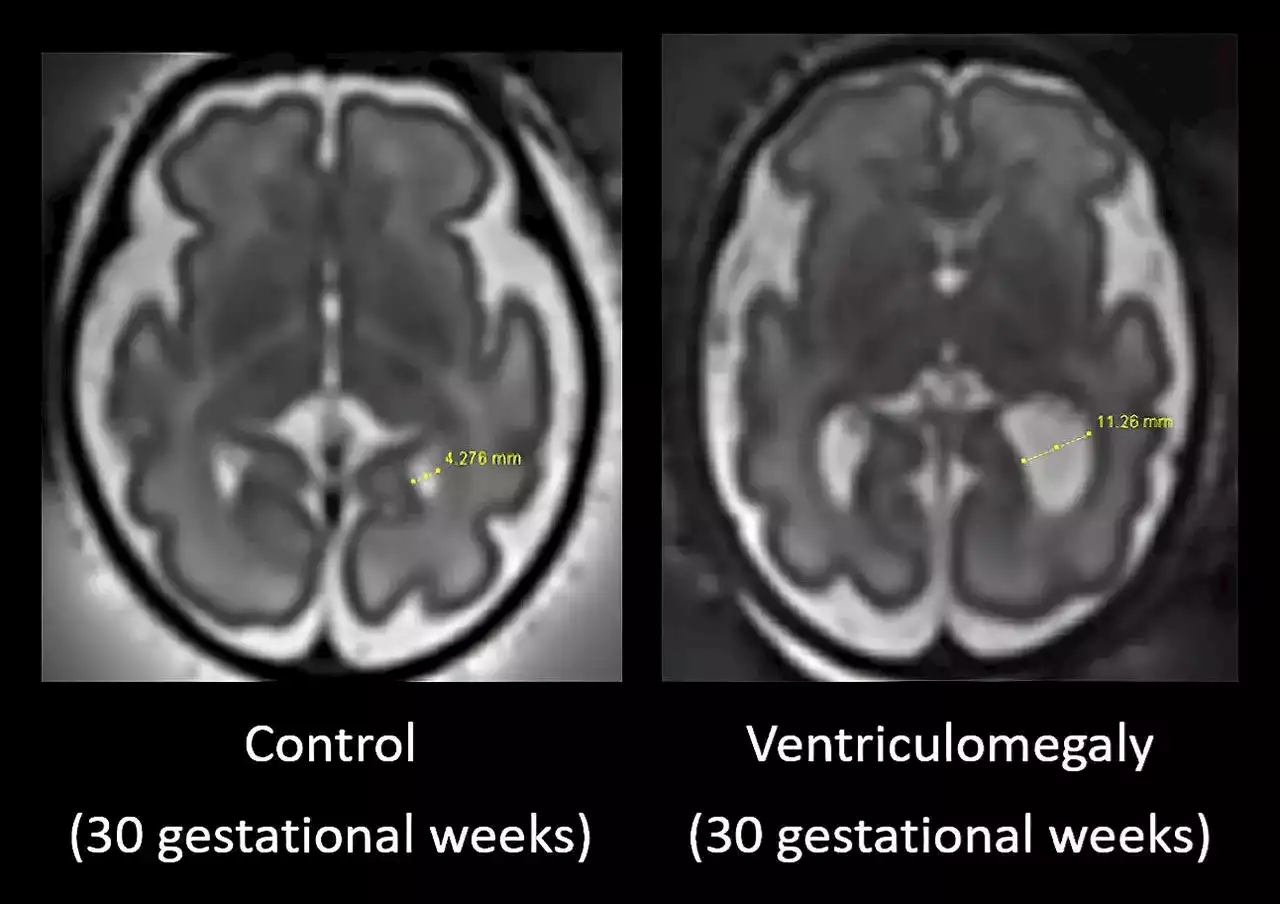Brain scans show adolescents with more psychiatric symptoms have undergone less “pruning”, when unneeded synaptic connections between neurons disappear
assessed at 14, where there was also information about various psychiatric symptoms.
Participants or their parents completed questionnaires to produce scores for symptoms of mental health conditions such as depression, anxiety, eating disorders and phobias. They were also scored for ADHD and assessed for symptoms of autism traits.People who had the highest scores for these conditions, indicating stronger symptoms, were more likely to have greater density of tissue in the prefrontal cortex, an outer region of the brain at the front of the head.
Pruning is a mysterious process that starts in young childhood, although increases dramatically in adolescence. It is thought to happen because synapses – connections between brain cells – that aren’t used very much are lost. “As you’re learning and your brain is getting more efficient, you get rid of the extra synapses you don’t want,” says Sahakian.
It wasn’t possible to quantify the pruning delay or the difference in tissue density in this study, nor is it known whether those who had a greater density of tissue in the prefrontal cortex at this stage catch up with the rest of the population, at least to some extent, later, says Sahakian.
A lack of pruning has previously been proposed as a cause of schizophrenia, ADHD and autism, but not other conditions.at King’s College London, who has been involved in genetic studies that support the idea of a p factor, says the new proposed explanation is plausible as a contributor, but may not be the whole story. “You are looking for something that’s a general mechanism,” he says.
United States Latest News, United States Headlines
Similar News:You can also read news stories similar to this one that we have collected from other news sources.
 Inspired by Brain Cells: Scientists Develop Novel Computer ComponentsEnhancing computing through the use of perovskite nanocrystals. Despite the advancements in technology, the human brain remains superior to computers in several ways. While computers can perform mathematical calculations faster than humans, the human brain is capable of processing complex sensory i
Inspired by Brain Cells: Scientists Develop Novel Computer ComponentsEnhancing computing through the use of perovskite nanocrystals. Despite the advancements in technology, the human brain remains superior to computers in several ways. While computers can perform mathematical calculations faster than humans, the human brain is capable of processing complex sensory i
Read more »
 Brain teaser: Can you spot the 8 differences between these two springtime images?Challenge your vision and attention to detail with this spot-the-difference challenge, which includes eight differences within two images of a perfect spring setting. How fast can you find them?
Brain teaser: Can you spot the 8 differences between these two springtime images?Challenge your vision and attention to detail with this spot-the-difference challenge, which includes eight differences within two images of a perfect spring setting. How fast can you find them?
Read more »
 Long COVID Loss of Smell Linked to Reduced Brain Activity, Study SaysA number of subjects participating in the study were able to reverse the alterations to the brain.
Long COVID Loss of Smell Linked to Reduced Brain Activity, Study SaysA number of subjects participating in the study were able to reverse the alterations to the brain.
Read more »
 Networks of Silver Nanowires Appear to Learn And Remember Like The Human BrainOver the past year or so, generative AI models such as ChatGPT and DALL-E have made it possible to produce vast quantities of apparently human-like, high-quality creative content from a simple series of prompts.
Networks of Silver Nanowires Appear to Learn And Remember Like The Human BrainOver the past year or so, generative AI models such as ChatGPT and DALL-E have made it possible to produce vast quantities of apparently human-like, high-quality creative content from a simple series of prompts.
Read more »
 Peering Into the Womb: Fetal Brain Scans Reveal Autism CluesResearchers have used MRI brain scans of children with isolated fetal ventriculomegaly to measure neurodevelopment and investigate the presence of autism traits at school age. In a paper published in the journal Nature Communications, King’s College London researchers from the Center for the Deve
Peering Into the Womb: Fetal Brain Scans Reveal Autism CluesResearchers have used MRI brain scans of children with isolated fetal ventriculomegaly to measure neurodevelopment and investigate the presence of autism traits at school age. In a paper published in the journal Nature Communications, King’s College London researchers from the Center for the Deve
Read more »
 In Animal Study, Tiny Ingested Plastic Particles Infiltrated BrainResearchers studying how tiny plastic particles can breach the protective blood-brain barrier report they have found that answer, thanks to mice and computer modeling.
In Animal Study, Tiny Ingested Plastic Particles Infiltrated BrainResearchers studying how tiny plastic particles can breach the protective blood-brain barrier report they have found that answer, thanks to mice and computer modeling.
Read more »
